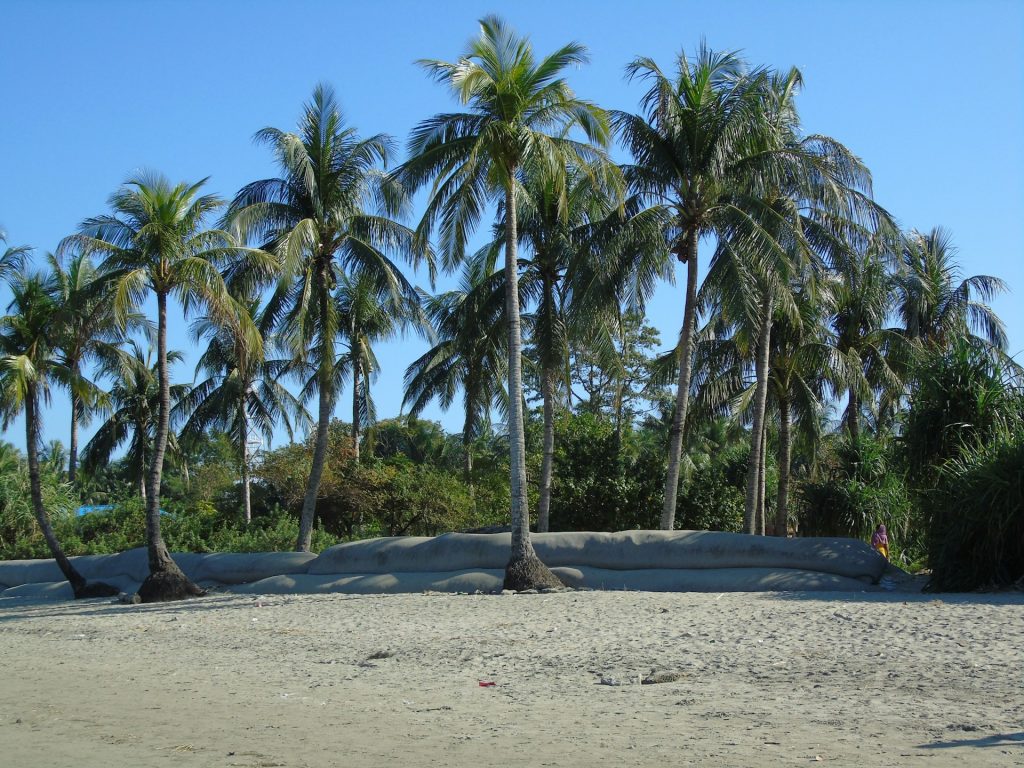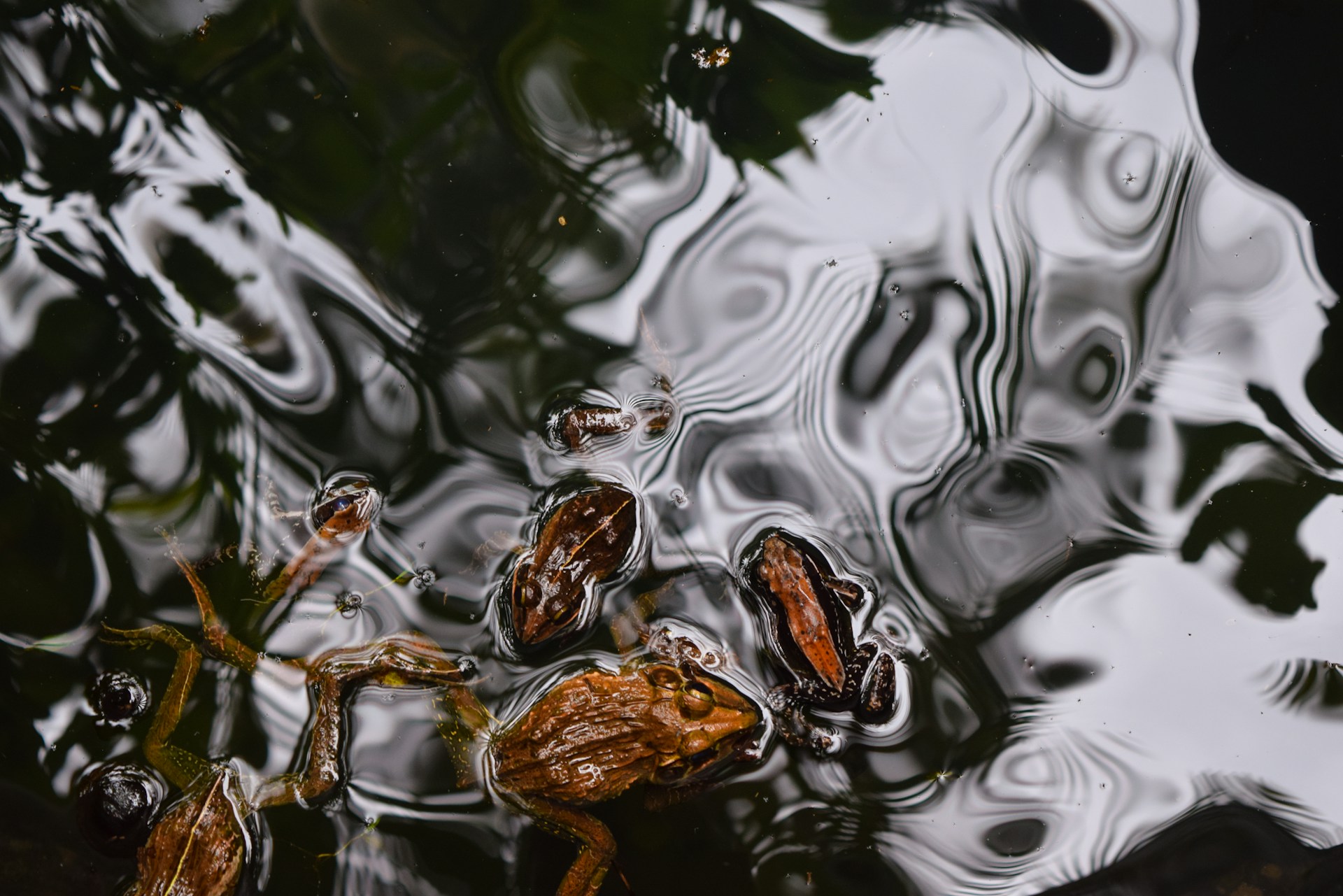Have you ever wondered how a single tree can be a powerhouse of resources and utilities? Welcome to the world of the coconut tree, scientifically known as Cocos Nucifera. This tree is not just a symbol of tropical culture but also a marvel of nature that offers a plethora of uses, from nutrition to construction. Let’s dive deep into the fascinating details and significant uses of this tropical treasure.

1. Overview of the Coconut Tree
Coconut trees are ubiquitous in coastal tropical regions and are often hailed as the “king of tropical trees” due to their immense economic, cultural, and environmental value. In Vietnam, for instance, coconut trees thrive across the country, particularly in the Mekong Delta. But what makes this tree so special?
1.1. Special Features of the Coconut Tree
Originating from Southeast Asia, the coconut tree is a true tropical marvel. Here’s what makes it stand out:
- Tall and Sturdy Stem: The tree’s stem can reach heights of 15-20 meters with a trunk diameter of about 30 cm. The round, gray-brown trunk is adorned with scars from fallen leaves.
- Resilient Roots: Adventitious roots continuously sprout from the base, starting white and turning red-brown as they mature.
- Impressive Leaves: The compound, fan-shaped leaves can be up to 6 meters long and 1 meter wide, providing ample shade and materials.
- Clustered Flowers: Coconut flowers grow in clusters at the top, leading to the development of the well-known coconut fruit.
- Versatile Fruits: The spherical coconuts have a hard shell, containing coconut meat and water, both of which are highly nutritious.
- Adaptability: Coconut trees thrive in hot, humid tropical climates with plenty of sunlight and moderate rainfall. They are also remarkably salt-tolerant.
1.2. Classification of Coconut Varieties
Coconut trees come in various varieties, each with unique characteristics. Some popular ones include:
- Cocos Nucifera: The most common variety in Vietnam, known for its large size, sweet water, and thick, fatty meat.
- Cocos Nucifera var. typica: Smaller, with sweet coconut water.
- Cocos Nucifera var. alba: Noted for its dense, opaque white meat, rich in essential oils and fats.
- Cocos Nucifera var. niu glabrum: Recognizable by its green outer shell and pastel pink interior when young, turning yellow-brown upon maturation.
1.3. The Role of the Coconut Tree in Life
The coconut tree is indispensable in many facets of life:
- Food Supply: Coconut water is a refreshing, healthy drink packed with minerals and vitamins. The meat can be eaten fresh, dried, or used in various culinary delights.
- Construction: Coconut trunks are used for columns, trusses, beams, and more, thanks to their durability and termite resistance.
- Craftsmanship: Coconut parts are used to create beautiful handicrafts like furniture, decorations, and more.
- Other Uses: Coconut oil production, paper and fiber production, and even medicinal applications showcase the tree’s versatility.
2. Main Parts of the Coconut Tree and Their Uses
Every part of the coconut tree has unique benefits and uses, making it a truly multipurpose plant.
2.1. Coconut Fruit
Coconut fruit is a nutritional powerhouse:
- Coconut Water: A hydrating beverage rich in electrolytes and vitamins.
- Coconut Meat: Can be consumed fresh, dried, or processed into various dishes and products like sweet soup, cakes, and candies.
2.2. Coconut Leaves
Coconut leaves are versatile:
- Construction: Used for roofing, fencing, and more due to their durability and waterproof nature.
- Decoration: Perfect for natural, fresh decorations in homes, gardens, and festivals.
- Handicrafts: Woven into hats, baskets, and other items.
2.3. Coconut Trunk
The trunk of the coconut tree is strong and durable:
- Construction: Ideal for making columns, trusses, and beams.
- Energy Production: Used to produce biofuels like biogas, which can be used for cooking, lighting, or generating electricity.
2.4. Coconut Roots
Coconut roots are vital for the tree’s growth and offer medicinal properties:
- Nutrient Absorption: Help the tree absorb water and nutrients while providing stability.
- Medicinal Uses: Known for antibacterial, anti-inflammatory, and antipyretic properties, used traditionally to treat various ailments.
3. Products from the Coconut Tree and Their Uses
The coconut tree’s versatility extends to numerous products:
3.1. Coconut Oil
Extracted from coconut meat, coconut oil has many applications:
- Beauty: Used as a natural moisturizer, anti-aging agent, and hair conditioner.
- Health: Improves digestion, reduces inflammation, and supports heart health.
3.2. Coconut Milk
Coconut milk is rich and delicious:
- Culinary: Enhances dishes like sweet soups, cakes, and candies.
- Cosmetics: Used in skincare products for its moisturizing and anti-aging properties.
3.3. Coconut Tuber
The young part of the coconut stem is crunchy and flavorful:
- Culinary: Adds a refreshing crunch to salads, soups, and snacks.
3.4. Coconut Fiber
The fibrous part of the coconut shell has many uses:
- Construction: Used to produce heat-insulating, sound-proof, and waterproof materials.
- Handicrafts: Made into baskets, carpets, and more.
- Farming: Used as a growing medium to retain moisture and improve soil porosity.
4. Benefits and Development Potential of the Coconut Tree
The coconut tree is not just a source of products but also offers significant economic, ecological, and cultural benefits.
4.1. Economic Benefits
Coconut trees are a valuable crop:
- Coconut Oil: A high-value product used in beauty and health care.
- Coconut Water: A popular and nutritious beverage.
- Coconut Fiber: An important raw material in various industries.
4.2. Medicinal Benefits
The coconut tree has numerous health benefits:
- Coconut Water: Detoxifies and replenishes the body.
- Coconut Oil: Fights bacteria and inflammation, supports cardiovascular health.
- Coconut Meat: Aids digestion and provides essential nutrients.
4.3. Handicraft Manufacturing
Creative artisans transform coconut parts into unique handicrafts, representing the culture of the Southern River region and enhancing tourism.
4.4. Development and Sustainability
Coconut trees have great growth potential:
- Sustainable Farming: Encouraging sustainable practices to prevent overexploitation.
- Value-Added Products: Developing new coconut-based products to meet market demands.

The coconut tree is a true gift of nature, offering a wide range of products and benefits. By harnessing its potential responsibly, we can enjoy its bounty while preserving it for future generations.





